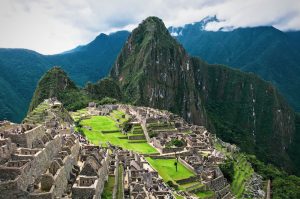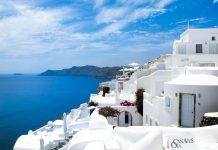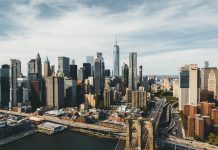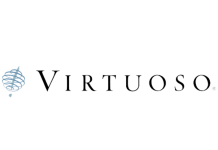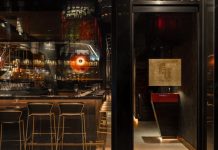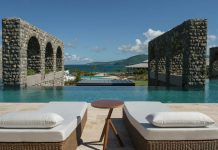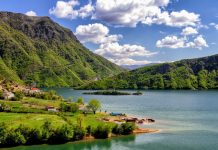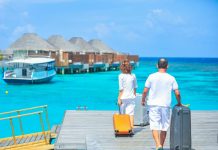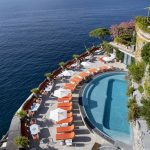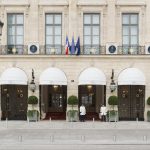In the heart of the Andes, where legends tell of the Inca Empire's birth, a new chapter in Peruvian tourism is being written. The fabled shores of Lake Titicaca, cradling ancient myths of the Sun and Moon gods, now welcome a discerning breed of travelers seeking opulence amidst Peru's natural wonders.
Ignacio Masas' exquisite lodge, Titilaka, which his son Lorenzo skillfully manages, is at the forefront of this transformation. A jewel in the crown of the Relais & Châteaux luxury hotel chain, Titilaka offers an experience that transcends the ordinary. Here, guests are treated to pisco sour supisco-sourpped in ponchos, serenaded by bonfires, while gazing over the sapphire expanse of the lake. The efficient staff ensures every moment is one of tranquil indulgence, with lake trout ceviche to punctuate the serenity.
PromPeru, the state promotion agency, has set its sights on a more exclusive clientele, aiming to shift the narrative from backpacking to luxury travel. In 2019, only a fraction of the 4.1 million tourists were high-end visitors, spending an average of $5,500 over two weeks. This shift promises not only greater economic returns but also a reduced environmental and archaeological impact.
Yet, the echoes of the COVID-19 outbreak and political unrest still reverberate, casting a shadow over Peru's tourism resurgence. Airports and roads in the south, including access points to the revered Machu Picchu, faced prolonged closures, stranding visitors and prompting cancellations. As a result, tourism's contribution to Peru's GDP plummeted to 2.2% this year, with visitor numbers still languishing at half of their pre-Covid levels.
In Titilaka, nestled near Juliaca's protests, a delicate balance between the local Uro people and the luxury hotel is struck. The Uro community, whose life revolves around the totora reed islands in the lake's protected reserve, eagerly anticipates the return of tourism.
Samuel Pacompia, the community leader, exudes hope as he welcomes tourists back to their straw gondolas.
The visionaries of Peruvian luxury tourism are undeterred. Inkaterra, a pioneer in eco-tourism, and Chilean luxury wilderness operator Explora are redefining the standards in Cusco. Belmond, with its iconic hotel near Machu Picchu, has introduced the Andean Explorer, a luxury sleeper train traversing the scenic route from Cusco to Lake Titicaca and Arequipa.
As Cusco prepares to host the Asia-Pacific Economic Cooperation Forum, Trade and Tourism Minister Juan Carlos Mathews envisions a reinvigorated tourism sector, potentially welcoming 3.1 million tourists. The goal is to diversify beyond Machu Picchu, enticing travelers to explore Arequipa and the wondrous offerings of the Sacred Valley.
Peru, with its rich tapestry of history, culture, and natural beauty, beckons a discerning audience. The likes of Ignacio Masías, José Koechlin von Stein, and a cadre of visionaries understand that Peru's allure transcends transient setbacks. It is a destination where the ancient and the opulent converge, inviting the world's elite to witness the deepest essence of this extraordinary land.


